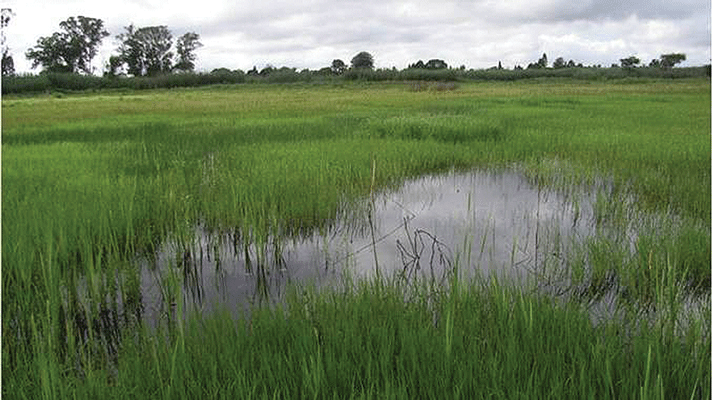Young women lead wetland revival in Binga

Peter Moyo
In the heat-scorched savannahs of Matabeleland North, a quiet revolution is taking root. Armed with hoes, traditional songs, and the wisdom of grandmothers, a group of young women in Binga is involved in the restoration of over 40 wetlands.
At the heart of the movement is Mumuni Munkuli, 21, who speaks of wetlands as both lifelines and legacies. “We’re not just planting grass and building barriers. We’re restoring what our elders called great water bowls of life,” she says.
For these women, the fight is also about reclaiming traditional knowledge, gender roles, and agency in the climate crisis.
In Tonga culture, women have historically played central roles in managing water, food, and land. But modern development and climate breakdown have disrupted these systems—leaving rural women most vulnerable to water scarcity, crop failure, and displacement.
Now, young women like Munkuli are reviving old ways with new tools: fencing degraded areas, planting indigenous wetland species, and sharing oral histories of sacred water sources. “Our grandmothers knew how to predict rains by trees and stars,” says 19-year-old Tendai Munsaka. “Now we’re blending that with science to protect the future.”
Wetlands, which regulate water, store carbon, and sustain biodiversity, are disappearing faster than forests worldwide. In Binga, they also anchor cultural identity, used for seasonal ceremonies.
An EU-supported initiative has trained youths in eco-restoration and advocacy. As Ramsar 2025 approaches, the team is pushing for the inclusion of indigenous women’s voices in shaping global wetland policy.
For Mumuni and her peers, the work is not just ecological. It’s emotional and spiritual. As they revive water sources, they are also reclaiming silenced roles as environmental stewards and climate leaders. “We’re not waiting for outsiders to fix our land,” she says. “We’re the ones we’ve been waiting for.”
Their dream? That one day, a Binga wetland will be recognized as a Ramsar site of cultural and ecological importance, with young women leading its guardianship.





